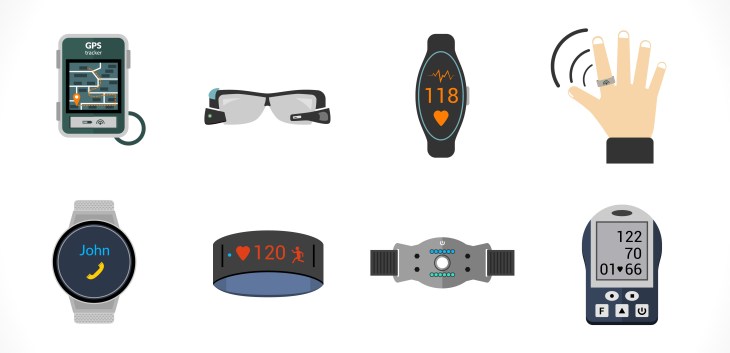Xiaomi reported it sold 2.8 million of its Mi Band activity tracker in the first quarter of 2015; in the same time period for 2014 (first quarter), they sold exactly 0. Newer reports have stated that the Mi Band has sold more than 6 million units for 2015, with estimates coming in that they’re selling around 1 million devices per month.
Analysts estimate this represents 25 percent of all similar devices sold this year. The Mi Band sells for $15, about $75 less than the nearest Fitbit offering, the Flex.
So what does this mean? Wearable fitness tracking is commoditized. Here’s why.
Fitness Tracking Technology Is The Same
I’ve been in the wearable space for more than four years — ever since I came up with the concept for FocusMotion. I’ve been watching it, pitching it, anticipating it and speaking about it — and nothing has really changed. In the last few years, we’ve seen Apple, Microsoft, Xiaomi , Samsung, Sony, Jawbone, Huawei, Razer, LG, Fitbit and more iterate new bracelets and watches in the market, but they all do the same thing: They track steps and “sleep.”
And many don’t do it well. If you’ve been watching, Nike just settled a class action suit out of court for $15 per person for false claims that they could track calories, steps, and “NikeFuel.” Fitbit has a lawsuit against it for false claims regarding sleep tracking.
Wearable Devices Are The Same
The core need for a wearable tracker is a CPU, Bluetooth, a battery and a beautiful little MEMS chip, the accelerometer. This Micro Electro Mechanical System let’s developers determine changes in acceleration in multiple directions or axes (x, y and z), and it’s used in everything from your phone to the Fitbit to the Apple Watch.
However, nothing is changing in the accelerometer space. These sensors can change frequency length (sense faster vibrations) or they can change amplitude sensitivity (sense more intense vibrations), but they’re essentially the same chip from manufacturer to manufacturer. There’s no need to iterate or improve because there’s no real way to improve them. You may see increases in battery life, but it’s still the same sensor — it just lasts longer.
If you’re using similar chips as your competitors, using similar batteries and using construction techniques, then the barrier to entry is small for any company with a large budget and a decent marketing campaign. In Xiaomi’s case, they became a 25 percent player in less than a year.
The Effect
There’s a certain consumer fatigue with wearables. We were told they would track steps — they’re not great at it. We were told they could track sleep — not truly. And there’s a flood of devices in the market that all do the same thing. They all use the same sensor and the same algorithms to track steps and sleep. I believe that this similarity, this commoditization, has hit a turning point with the Xiaomi offering. Consumers can now buy a device for $15 that does the same thing as a device at $99. With Fitbit’s current market cap at $8.8 billion, how does it compete with Xiaomi or a potential Apple bracelet (Apple Watch Mini)?
The fitness tracker space is confusing and boring. With similar components and similar features, it’s a race to the bottom for price. I’m disappointed with the past four years because there is so much more to human movement than steps and sleep. As for the $15 that every FuelBand owner received for the Nike settlement, I hope they go buy a Mi Band and drive down this commoditized market even further, forcing much-needed innovation in this space.
